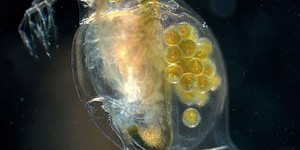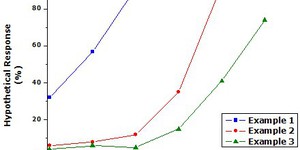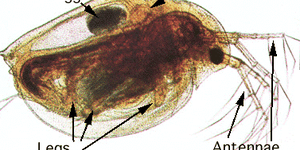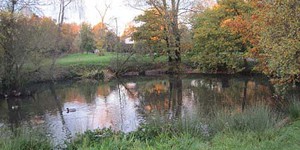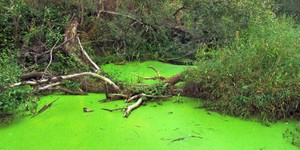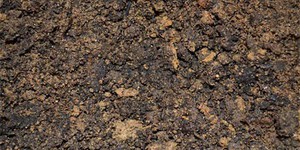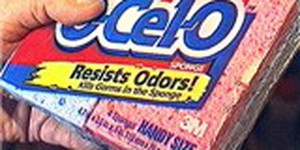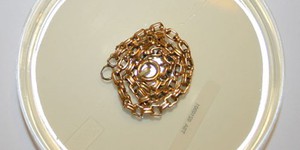Others Like “Using Daphnia to Monitor Water Toxicity” (top 20 results)
|
Do you know that many consumer products, such as sports clothes, cosmetics, and even food containers contain tiny silver particles? These so-called nanoparticles—usually 1–100 nanometers (a billionth of a meter) in size—are toxic to bacteria and fungi and therefore, are used to prevent them from growing on everyday items you use. But what happens if the silver nanoparticles get into the water; for example, when you wash off your makeup or clean your clothes? Do they…
Read more
In this project, water fleas (Daphnia magna), a semi-transparent freshwater crustacean, are used to study the effects of caffeine on heart rate. Don't worry about having to learn how to take a crustacean's pulse: you can actually see the heart beating under a microscope. Many variations of this experiment are possible.
Read more
Changes in the environment, or stimuli, affect your behavior and movement over the course of a day: When you get cold, for instance, you might get up and put on a sweater. Or if it is sunny and warm, you might go outside to play sports or go for a walk. Different stimuli, including light, affect the movement of other organisms as well. But how does the type of light influence their movement? Do they respond differently to different kinds of light, depending on other factors in their…
Read more
Did you know that when you use fertilizer in your garden, it can eventually reach a lake, stream, or pond? There are many different chemicals present in fertilizers. How will they affect the aquatic organisms in the ecosystem? In this science project you will get to find out!
Read more
You might not know it, but a lake without algae would be a very dull place. If there were no algae, there would be no small animals feeding on the algae, and there wouldn't be any fish eating the small animals that eat the algae. You might conclude that since some algae is good, more algae is even better, but algae growth has a down side. If there is too much algae, they can deplete the oxygen in the water, killing off other species in the water. What is one culprit that leads to algal growth?…
Read more
The element lead is a neurotoxin that is particularly dangerous to young children. Among other uses, lead compounds were common paint additives until being phased out for safer titanium-based additives beginning in the 1960's. Lead compounds were also added to gasoline to prevent engine knocking, until being phased out beginning in the 1970's. Although paint and gasoline sold today no longer contain lead, soil can have contamination from older sources of lead, such as paint from old…
Read more
Sedimentary rock forms in layers that are deposited one after the other over long periods of time. Oftentimes, sedimentary rock contains fossils and other debris that are deposited within the layers. How do sediments form? How are sediments of different shapes, sizes, and types sorted during the process of sedimentation? Find out in this science fair project!
Read more
Yogurt is a very versatile dairy product. It's yummy eaten straight from the container, it is good for your digestive system, and it can be used in several ways for cooking. There is historical evidence that yogurt-making developed 4,500 years ago! Humans depended on yogurt-making as a way to preserve milk. Yogurt is the result of bacterial fermentation of milk. In fermentation, the bacteria consume the milk sugar, lactose, and produce lactic acid. The end-product is a thick, creamy, and tangy…
Read more
If you'd rate yourself high on the bacteriophobia scale, just keep on scrolling down to the next project. Bacteria are all around us, and normally our body's defenses keep us blissfully unaware of them. If you don't mind finding out where they're lurking in your house, then you might find this project interesting.
Read more
Have you ever wondered if a piece of jewelry is real gold or if it's just some ordinary metal alloy? It turns out that some metals have a unique property; even in small amounts, they can be toxic to some organisms, including algae, molds, fungi, and bacteria, although it often takes many hours to see an effect. Can this phenomena, called the oligodynamic effect be used to tell whether or not the gold or silver in a piece of jewelry is real? Do bacteria react differently to pure, plated, and…
Read more
|
Explore Our Science Videos
DIY Mini Drone Part 4: Program Drone Steering with Arduino
Robotics Engineering Project: Use the Force! Push and Pull LEGO® Mindstorms® Robots
Make a Homemade Fly Trap


